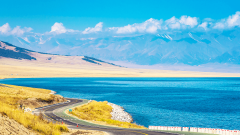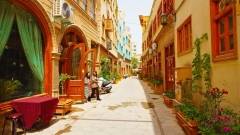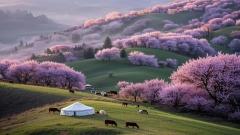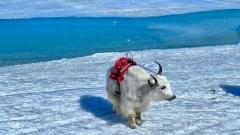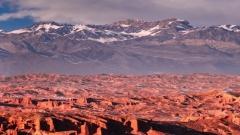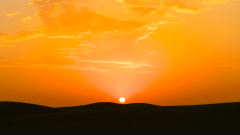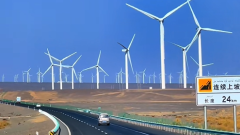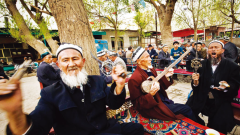Xinjiang’s northern region – home to Heavenly Lake (Tianchi), Kanas Lake and Sayram Lake – often steals the spotlight. Yet South Xinjiang, a land of ancient Buddhist grottoes, historic bazaars, remote deserts and towering “ice mountains,” remains less explored. From Kuqa’s dramatic canyons to the shifting sands of the Taklamakan, discover the ten essential destinations in South Xinjiang, and learn how China Dragon Travel can craft the perfect itinerary for your journey.
1. Tianshan Grand Canyon
Location: 72 km north of Kuqa, Aksu Prefecture
Elevation: Canyon floor approx. 1,600 m; peaks up to 2,048 m
Highlights:
- Geological Wonder: Formed over 140 million years by erosion and mountain floods, the canyon combines “majesty, peril, seclusion, tranquility and mystery.”
- Red‑brick Cliffs: Towering walls of deep russet rock evoke the fabled “Flaming Mountains.”
- Cool Refuge: Even at midday in midsummer, temperatures in the gorge drop significantly, offering a welcome respite.
- Narrow Passages: As you trek the 3 km trail, the canyon narrows to just 60–70 cm in spots—an exhilarating experience.
- Scenic Finale: Exiting the gorge, you lift your head to clear blue sky, feeling cleansed and invigorated.
Travel Tips:
- Wear sturdy footwear—rocky terrain can be slippery.
- Bring plenty of water; although cool, hiking can still be strenuous.
- There is no on‑site food service; pack snacks and a picnic.
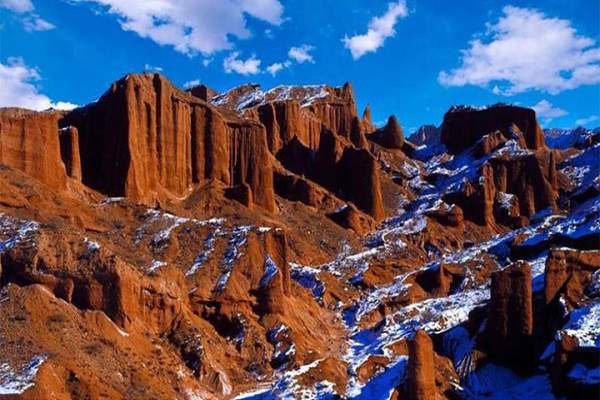
Tianshan Grand Canyon
2. Kizil Thousand Buddha Caves
Location: Kizil Township, Baicheng County, Aksu Prefecture
Significance: The oldest Buddhist cave complex in China, predating Dunhuang’s Mogao Caves.
Features:
- 339 Caves Discovered: Over 80 caves retain beautiful wall paintings, sculptures and stucco.
- Strict Access Control: Only six western‑valley caves are open to the public, in small, timed batches.
- No Photography: To preserve millennia‑old pigments, cameras and backpacks are left outside.
- Timeless Art: Frescoes depict early Buddhist iconography, Central Asian motifs and Silk Road cultural fusion.
Travel Tips:
- Book guided visits in advance through your tour operator.
- Respect the no‑photography policy to help conserve these treasures.
- Mornings are cooler and quieter; plan your visit for before noon.
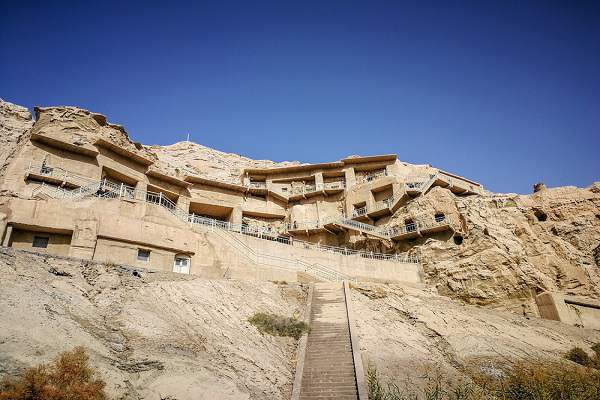
Kizil Thousand Buddha Caves
3. Kashgar Old City
Location: Heart of Kashgar (Kashi) city
Overview: One of the world’s largest earthen architecture complexes, weaving Han‑Tang, Roman and Uyghur cultural threads.
Highlights:
- Labyrinthine Alleys: A living maze of mud‑brick houses, interlocking courtyards and hidden markets.
- Vibrant Bazaar Life: Stalls overflow with spices, carpets, traditional garments and handcrafted trinkets.
- Historic Residences: Many buildings are over a century old, inhabited by Uyghur families living centuries‑old customs.
- Cultural Immersion: Sample hand‑pulled noodles, date pastries and sweet milk tea in local teahouses.
Travel Tips:
- Hire a local Uyghur guide for insider stories on architecture and family life.
- Visit early in the morning to see breadmaking at household ovens.
- Respect residents’ privacy—ask permission before photographing individuals.
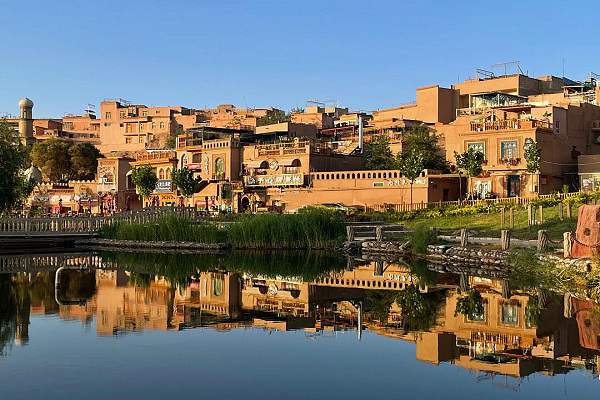
Kashgar Old City
4. Id Kah Mosque
Location: Central Kashgar Old City
Built: AD 1442; over 500 years old
Significance: The largest traditional mosque in Xinjiang and one of China’s most important Islamic heritage sites.
Features:
- Name Meaning: “Id Kah” means “Festival Mosque” or “Happy Plaza,” referencing its role during Eid al‑Adha gatherings of over 20,000 worshippers.
- Architectural Style: Dominant yellow façade, horseshoe arches, a vast courtyard and four slender minarets.
- Religious Festivals: During major Islamic holidays, the plaza fills with colorful prayer rugs and devotional ceremonies.
Travel Tips:
- Non‑Muslim visitors must cover shoulders and legs; headscarves are recommended for women.
- Photography inside is prohibited without explicit permission; tranquil ambiance prevails.
- Avoid visiting during prayer times to respect worship activities.
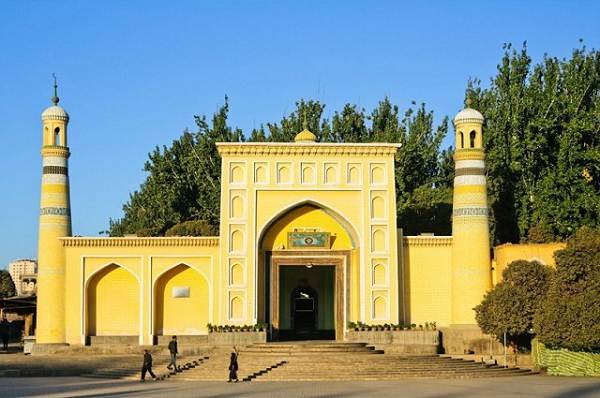
Id Kah Mosque
5. Muztagh Ata
Location: Kunlun Range, north of the Karakoram Highway (formerly known as Mount Tagharma and Wi-tagh)
Elevation: 7,546 m (one of the world’s highest commercial‑climbable peaks)
Why Visit:
- Iconic Peak: Its gently sloping flanks make it one of the most accessible 7,000 m mountains for mountaineers.
- Base Camp Experience: Even non‑climbers can ride a 4×4 to base camp, immersing in glacial landscapes without technical gear.
- Trekking Trail: A challenging 45 km route from Karakul Lake to base camp, spanning 3 600–4 400 m—recommend splitting into three days for acclimatization.
Travel Tips:
- Book 4×4 transfers at Karakul Lake village; road conditions vary by season.
- High winds and altitude demand warm, layered clothing.
- Climbing permits and guided support are mandatory above base camp.

Muztagh Ata
6. Karakul Lake
Location: Southern shore of Muztagh Ata, 191 km southwest of Kashgar
Elevation: 3,600 m above sea level
Highlights:
- Mirror of Peaks: Reflects the three “Kunlun Warriors” (Muztagh Ata, Kongur Tagh and Muztagh Tagh) in crystal‑clear water.
- Floral Seasons: Alpine meadows bloom with wildflowers in summer; frozen stillness in winter.
- Overnight Stay: Rustic guesthouses, yurts and small camps let you catch sunrise reflections.
- Adventure Activities: Boat rides, horse and camel treks along the lakeshore, and local Tajik folklore at night.
Travel Tips:
- Arrive before dusk to secure a lakeside yurt or guesthouse—options are limited.
- Carry cash in small denominations; many vendors do not accept cards.
- Altitude adjustment is necessary—take it easy your first evening.
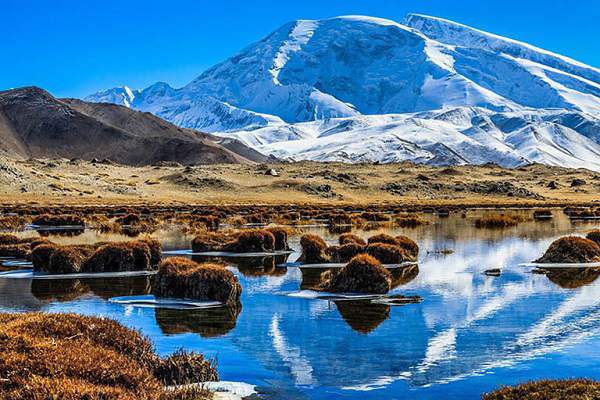
Karakul Lake
7. Taklamakan Desert
Location: Central Tarim Basin, between the Tian Shan and Kunlun Mountains
Size: Approximately 33 000 km² (second‑largest shifting sand desert in the world)
Myth & Mystery: Tales of lost Silk Road cities buried beneath dunes and hidden relics ignite imaginations.
Highlights:
- Sandmobile Tours: Fairly accessible dune buggy experiences near Minfeng or Qiemo.
- Camel Treks: Multi‑day caravan routes follow ancient Silk Road tracks.
- Night Skies: Unpolluted darkness offers awe‑inspiring stargazing and Milky Way vistas.
- Cultural Stops: Oasis towns like Qiemo and Yutian showcase desert‑adapted Uyghur communities.
Travel Tips:
- Desert camps provide basic tent accommodation; bring your own sleeping bag rated to –10 °C.
- Sandstorms can strike without warning—goggles and scarves are essential.
- Travel with a licensed guide—navigation in open dunes is deceptively tricky.
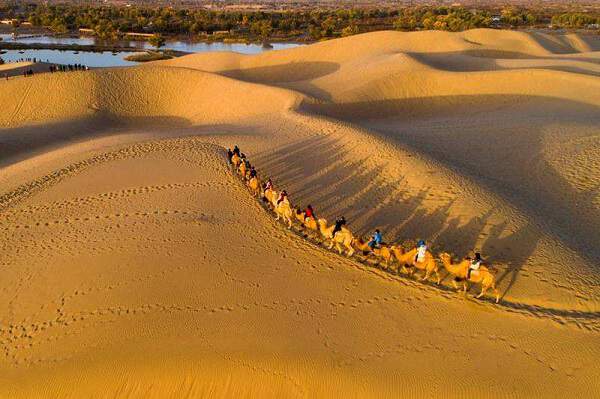
Taklamakan Desert
8. Tarim Populus Euphratica Forest
Location: Midstream of the Tarim River, northeast edge of the Taklamakan Desert
Seasonal Highlight: Mid‑October offers a “golden ocean” when ancient poplar trees turn brilliant yellow for about 20 days.
Features:
- Ancient “Living Fossils”: Some trees exceed 1,000 years old, their gnarled trunks testaments to resilience amid shifting sands.
- Photographer’s Dream: Golden foliage contrasts with azure skies and distant dunes.
- Eco‑Tourism: Elevated walkways protect fragile roots, and local guides explain ecosystem adaptations.
Travel Tips:
- Peak season is very short—plan precisely for mid‑October visits.
- Early morning light produces the most dramatic colors; arrive at dawn.
- Drones are permitted in designated zones but check local regulations first.
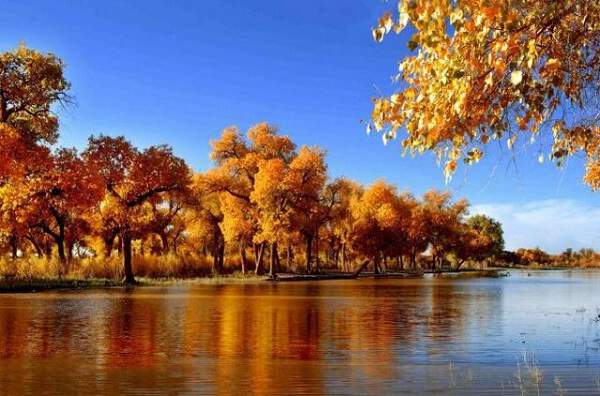
Tarim Populus Euphratica Forest
9. Bosten Lake
Location: Yanyuan County, Bayingolin Prefecture, 86 km east of Korla
Type: China’s largest inland freshwater lake (approx. 1,000 km²)
Highlights:
- Coastal Villages: Fishing communities live in stilted houses along the shore, harvesting carp, bream and crayfish.
- Water Sports: Boating, paddleboarding and lakeside cycling paths.
- Wetland Birds: Seasonal waterfowl migrations draw birdwatchers.
- Desert Contrast: The lake’s blue waters stand in stark beauty against surrounding desert and mountains.
Travel Tips:
- Sample fresh lake fish at village teak‑frame restaurants.
- Boat tours run year‑round but are most comfortable April–October.
- Combine with a detour to the nearby Flaming Mountains or ancient oasis stops.
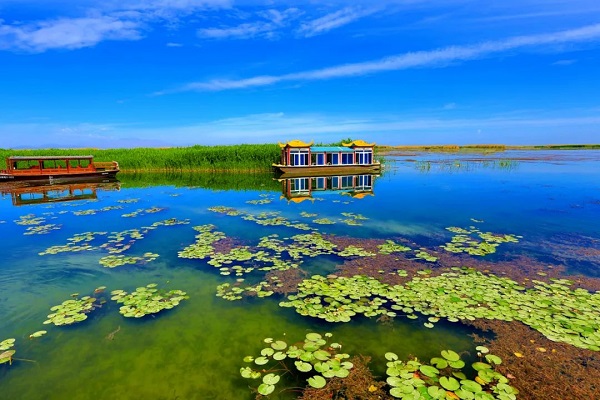
Bosten Lake
10. Lopnur Village
Location: Eastern edge of Lop Nur Basin, Ruoqiang (Qarqan) County
Cultural Gem: Home to 20 traditional Lop people households—one of China’s smallest villages.
Attractions:
- Sacred Poplar Grove: Ancient trees venerated as “holy,” marking caravan rest stops.
- Ethnographic Insight: Observe traditional adobe homes, ancestral altars and local wedding customs.
- Desert Frontier: Camel riding, sand dune surfing and dune buggy safaris on the outer dunes of Lop Nur.
- Archaeological Mysteries: Nearby salt pans hide relics of the Loulan Kingdom—an ancient Silk Road city lost to the sands.
Travel Tips:
- Facilities are extremely basic—camping equipment is recommended.
- Bring sufficient food and water; the village has limited supplies.
- Preserve cultural respect by seeking permission before photographing households.
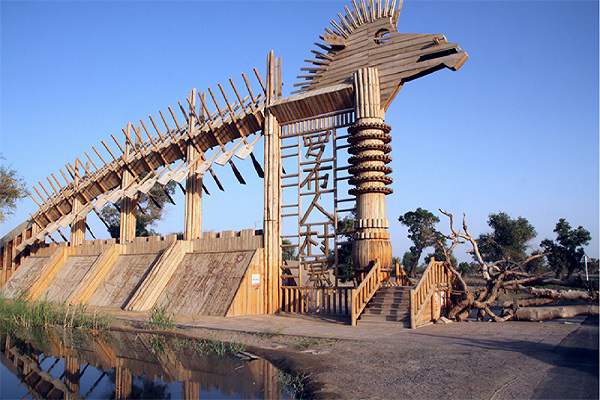
Lopnur Village
Crafting Your South Xinjiang Journey with China Dragon Travel
Visiting South Xinjiang’s diverse landscapes—from gorges carved over eons to the timeless desert—requires local expertise, reliable transport, permit coordination and cultural sensitivity. China Dragon Travel specializes in creating bespoke South Xinjiang itineraries that include:
- Permit Handling: Efficient processing of travel documents for foreign visitors.
- Local Guides: Uyghur‑speaking guides with in‑depth knowledge of history, culture and conservation.
- Custom Transport: 4×4 overland vehicles, high‑altitude vans and local drivers skilled on desert tracks.
- Comfortable Lodging: Carefully selected guesthouses, yurts, eco‑lodges and teahouses.
- Safety & Support: Oxygen‑equipped vehicles, first‑aid kits and 24/7 emergency hotlines.
Whether your dream is to hike the narrow bends of Tianshan Canyon, trace Silk Road legacies in Kashgar’s mud‑brick lanes, or sleep under the stars in the Taklamakan, China Dragon Travel will design a seamless, immersive adventure—respectful of local culture and maximally rewarding in every detail.



